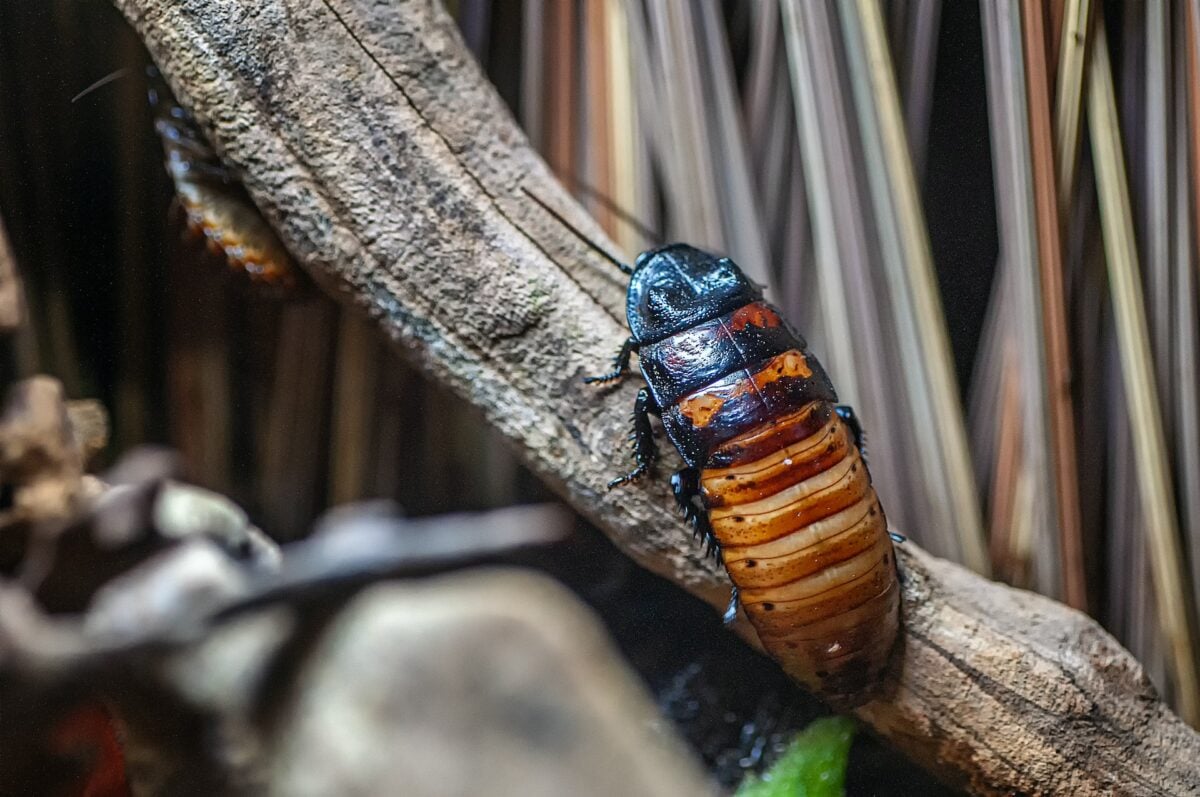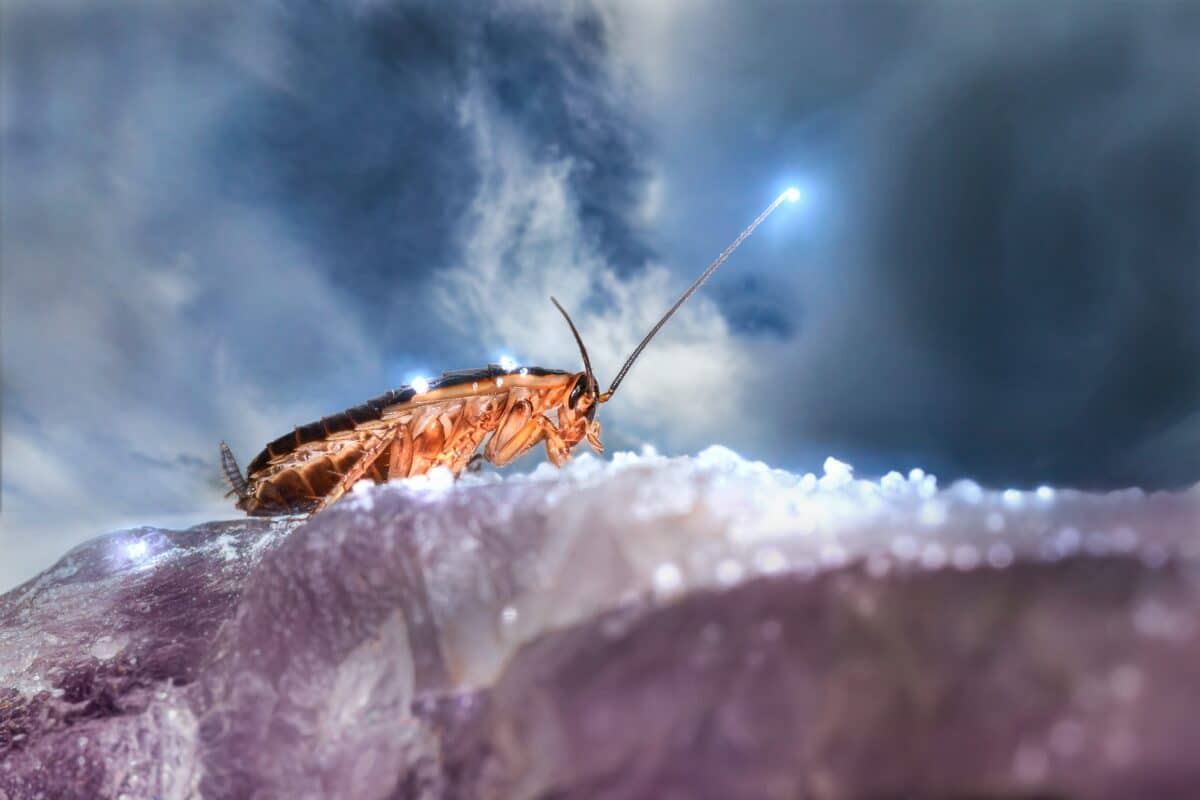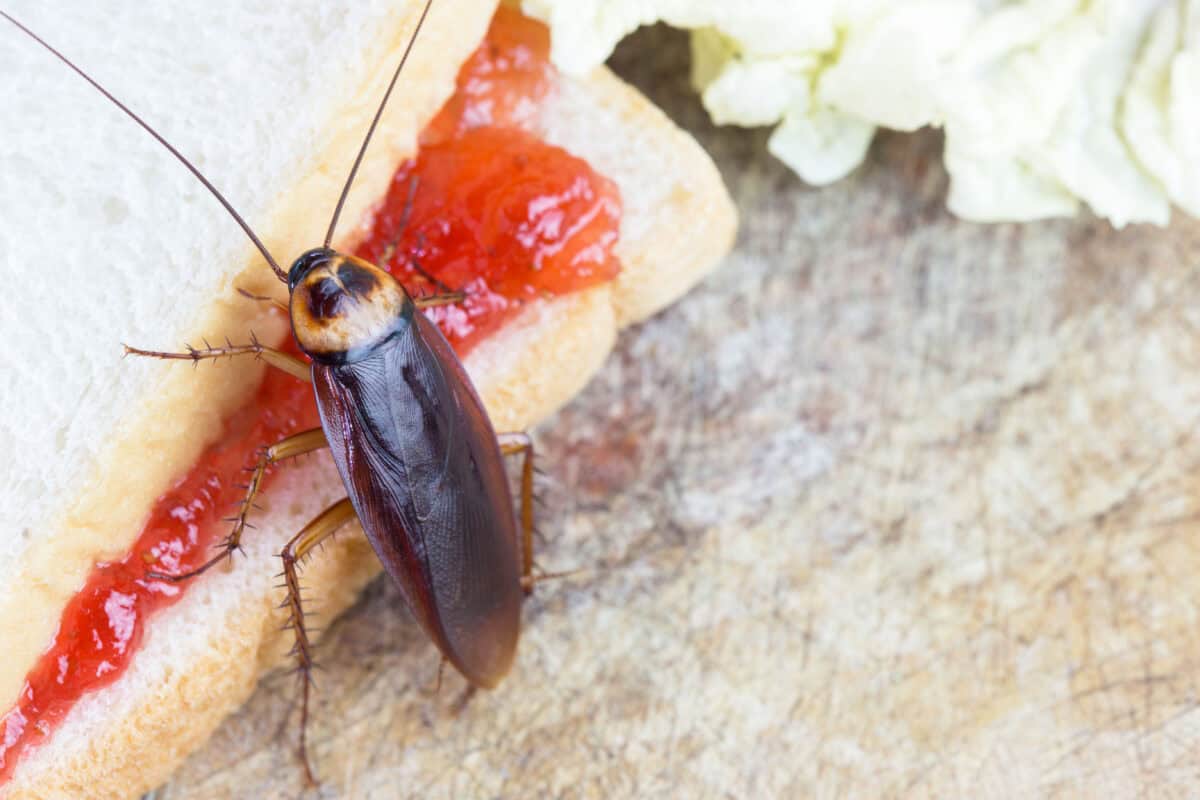We often imagine mythical beasts or sci-fi creations when we think of creatures that can defy the odds and survive in the most improbable ways. However, there is a real-life wonder that can live without its head for weeks, and it’s not what you might expect. This fascinating characteristic belongs to an animal that often goes unnoticed in the grand scheme of nature. Join us as we delve into the incredible life of this headless survivor.
The Resilient Roach

The star of this incredible tale is none other than the humble cockroach. Cockroaches have been around for hundreds of millions of years, and their resilience is legendary. Among their many astonishing abilities is their capacity to live without a head. While most animals would perish within moments of losing such a vital part, the cockroach continues to thrive. This is due to their simple nervous system and open circulatory system, which allows them to survive the seemingly impossible.
Understanding the Cockroach’s Anatomy

To comprehend how a cockroach can live without its head, it’s essential to understand its anatomy. Cockroaches have a decentralized nervous system, meaning they do not rely solely on their brain for survival. Instead, they have a series of ganglia, or nerve cell clusters, distributed throughout their body. These ganglia can control basic functions and movements, allowing the cockroach to continue its daily activities even without its head.
The Role of the Open Circulatory System

The cockroach’s open circulatory system also plays a vital role in its headless survival. Unlike mammals, cockroaches do not have blood vessels to transport oxygen throughout their body. Instead, they have hemolymph, a fluid that bathes their organs directly. This means that even without a head, the cockroach can still obtain the necessary nutrients and oxygen to stay alive for weeks.
Breathing Without a Head

One might wonder how a headless cockroach manages to breathe. The secret lies in their tracheal system, which allows them to take in air through small openings in their body called spiracles. These spiracles are located along the sides of the cockroach’s body, enabling it to continue breathing without the need for a head. This remarkable adaptation is one of the reasons why cockroaches can survive in such extreme conditions.
The Headless Diet

While a headless cockroach can survive for weeks, it eventually succumbs to starvation. Without a mouth to eat, the cockroach cannot sustain itself indefinitely. However, their ability to go without food for extended periods is another testament to their resilience. Cockroaches can survive for up to a month without food, relying on their energy reserves to keep going. This allows them to outlast many other creatures in times of scarcity.
Avoiding Infection

Another challenge that a headless cockroach faces is avoiding infection. With an open wound where its head once was, the risk of bacterial invasion is high. However, cockroaches have an impressive immune system that helps them ward off infections. Their hemolymph contains antimicrobial peptides that can neutralize harmful bacteria, giving them an added layer of protection against potential threats.
The Role of the Brain

While cockroaches can survive without their head, they do lose some capabilities. The brain plays a crucial role in processing complex information and coordinating more sophisticated behaviors. Without it, a cockroach cannot perform advanced tasks or respond to certain stimuli as effectively. This limitation highlights the importance of the brain even in creatures with decentralized nervous systems.
Regeneration and Healing

Cockroaches are also known for their ability to regenerate lost body parts. While they cannot regrow a head, they can repair other injuries remarkably well. This regenerative capability helps them recover from damage and continue their survival journey. The process is slow but effective, allowing cockroaches to maintain their resilience in a world full of dangers.
The Evolutionary Advantage

The cockroach’s ability to live without a head is an evolutionary advantage that has contributed to its survival over millions of years. In a world where predators and environmental challenges are constant, having backup systems and robust adaptations is crucial. Cockroaches have mastered the art of survival, making them one of the most successful species on the planet.
Lessons from the Cockroach

While the cockroach’s headless survival may seem curious, it offers valuable lessons about resilience and adaptation. In nature, the ability to endure and find ways to thrive in challenging conditions is key to survival. The cockroach’s story reminds us that sometimes the most unassuming creatures hold the most extraordinary secrets.
A Marvel of Nature

The cockroach’s ability to live without a head is just one of the many marvels of nature. It serves as a reminder of the incredible diversity and adaptability of life on Earth. Despite their reputation as pests, cockroaches are a testament to the wonders of evolution and the ingenuity of the natural world.
The Cockroach’s Reputation

Despite their resilience and fascinating abilities, cockroaches often have a negative reputation. They are commonly associated with filth and disease, leading to their status as unwelcome houseguests. However, their survival skills and adaptability are nothing short of remarkable. By understanding their unique characteristics, we can appreciate them as more than just pests.
Surviving in the Modern World

In today’s rapidly changing world, cockroaches continue to thrive. Their ability to adapt to new environments and withstand various threats makes them well-suited for survival in urban areas. As cities grow and climates change, cockroaches remain a constant presence, proving their resilience time and time again.
The Future of Cockroaches

As we look to the future, it’s clear that cockroaches will continue to be a part of our world. Their ability to adapt and survive in diverse conditions ensures their place in the ecosystem. While they may not be the most glamorous creatures, their resilience and tenacity are qualities that many species can aspire to.
The Enduring Legacy

The cockroach’s ability to live without a head is just one chapter in its enduring legacy. As one of nature’s most resilient creatures, the cockroach serves as a symbol of survival against all odds. Its story is a testament to the power of adaptation and the incredible diversity of life on our planet.
- 13 Most Aggressive Mammals in the Wild - August 24, 2025
- 10 Behaviors That Keep Eagles Healthy And 3 That Shorten Lifespan - August 24, 2025
- 13 Wildest Animal Migration Journeys - August 24, 2025

